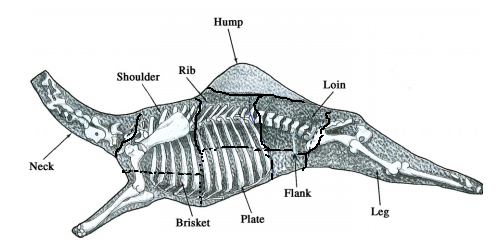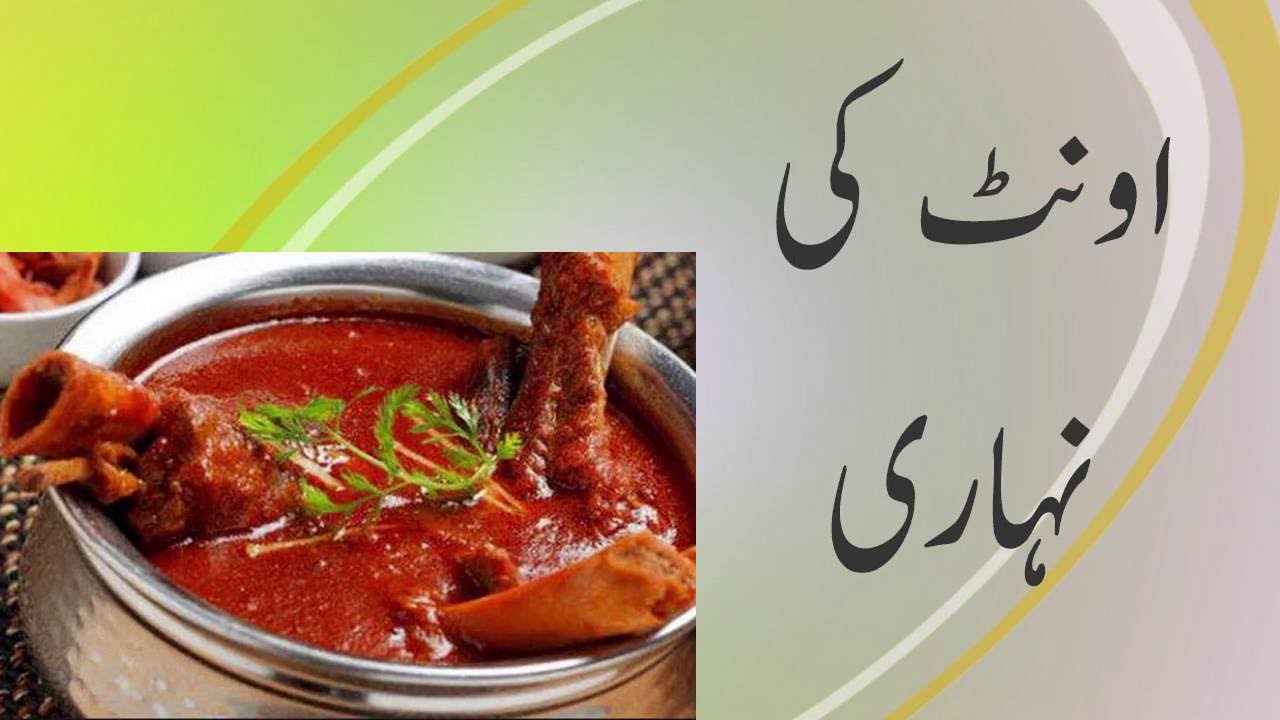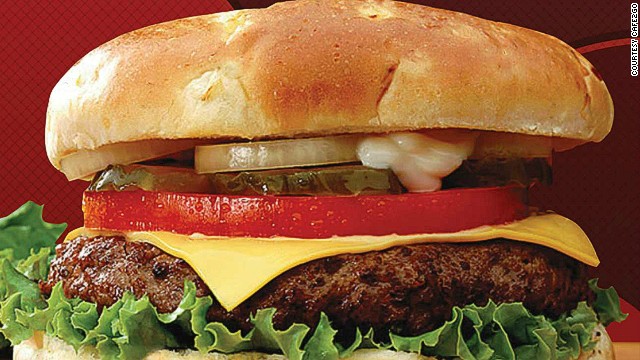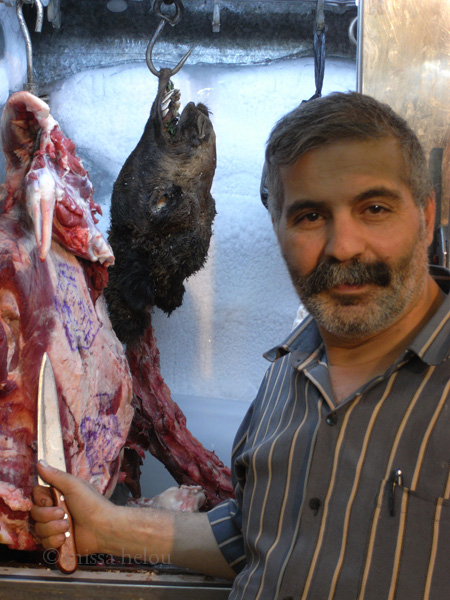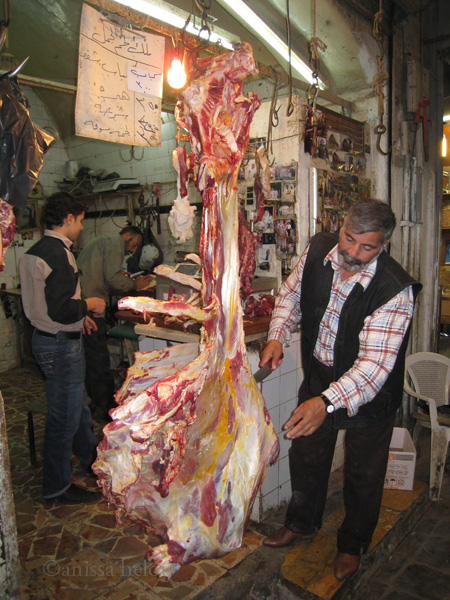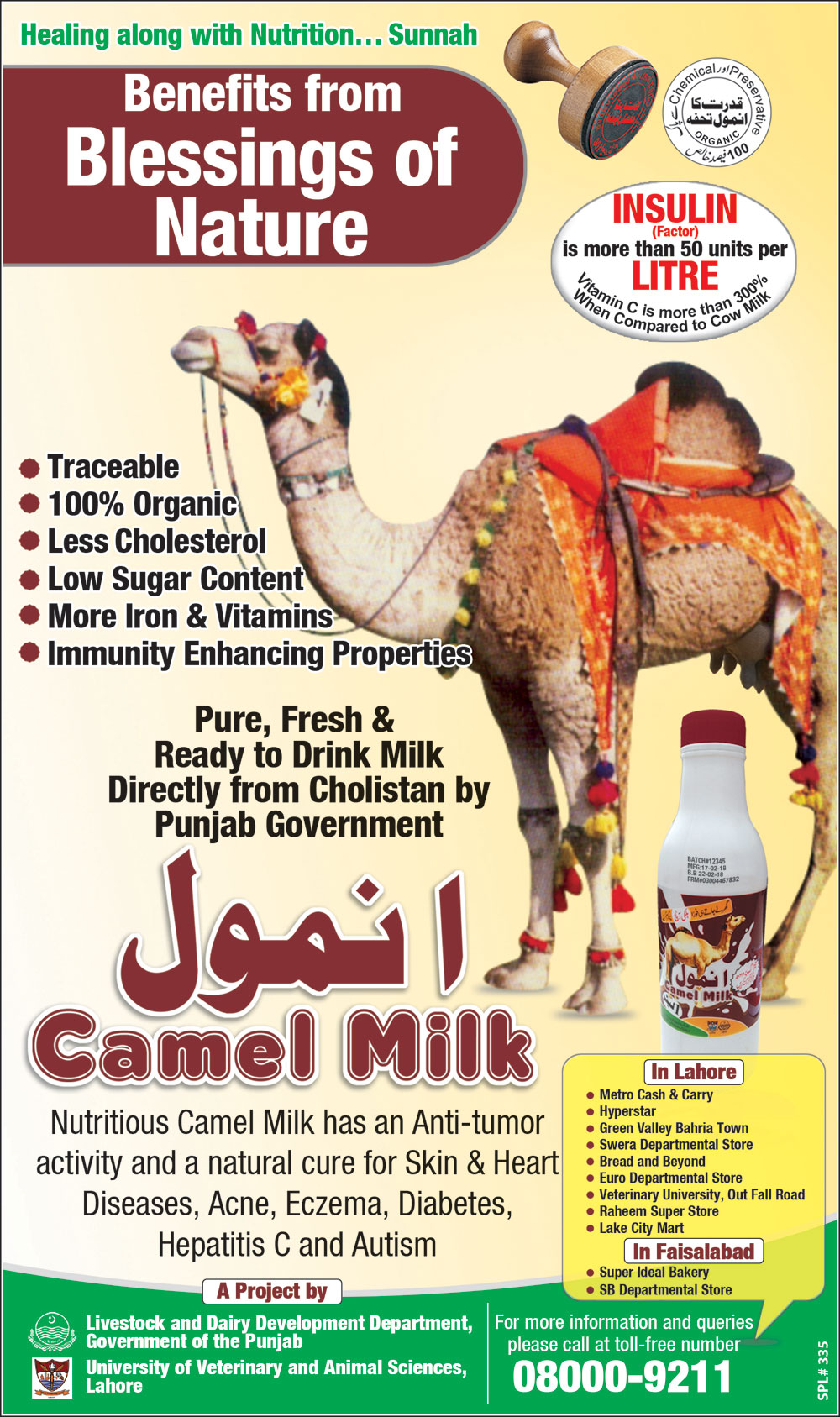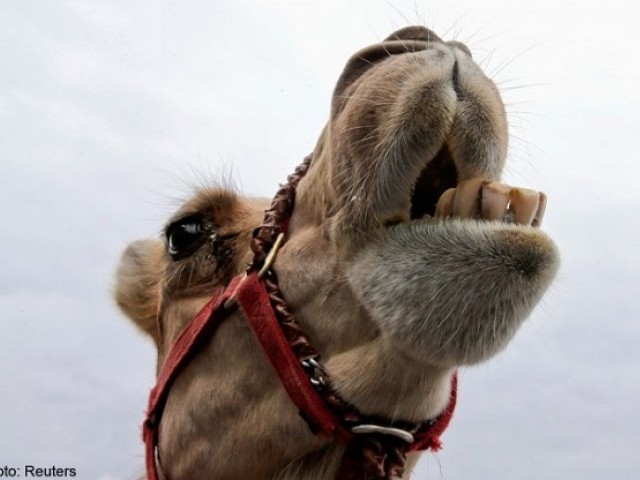when camel meat was fashionable
Posted by
anissa
As you know, I am pretty familiar with camel meat but when I recently posted a link on facebook to an
article on camel burgers in Dubai, my lovely friend
Charles Perry (who is the leading expert on
medieval Arab cookery) left a comment about a recipe he had for camel hump. I had seen the hump for sale at my camel butcher in Aleppo but I had never seen a recipe for it. So, I asked Charles for his. Sadly, he couldn’t find it — it had gotten lost between computers — but as usual, he sent me lots of information and other recipes; and I thought it would be great to have him do a post here about how camel meat was used in medieval times. Here is his post with some photographs that I shot in the souks of Aleppo.
Charles Perry: Last May, Anissa blogged about visiting a camel butcher in Damascus and making camel kebabs. That was a new one on me – I’d only heard of camel being cooked in elaborate stews. It’s how they cooked camel in the Middle Ages.
Camel meat was reasonably popular back then, popular enough for doctors to gravely warn against eating too much of it (in the manner of doctors throughout the ages). They held it to be “heating” and to “engender thick blood,” and declared it suitable only “for those who do exhausting labor.” Or suffer from “hot stomach” and diarrhea, oddly.
There was a special word for camel meat,
jazur, which basically means “that which is slaughtered.” Occasionally the word was applied to mutton, but most of the recipes mention hump, which is kind of a giveaway that we’re talking camel.
There’s a whole chapter of camel stews in the 10th-century book
Kitab al-Tabikh. Here’s the first recipe. Pay attention in case you ever need to stew camel, complete with its hump.(
Anissa: and if you do, here below is where you can find it at Malak Lahm el-Jamal which is what the Arabic sign says, meaning the king of camel meat!)
Jazuriyya bi-Lahm Jazur
Camel rib and leg meat
Camel hump
Onions
Vinegar
Soy sauce
Pepper
Coriander
Caraway
Mixed spices (
abzar, probably like the
baharat or
hawayij of modern Arab cookery)
Slice up the meat and hump as if you were going to make the medieval fry-up called
qaliyya. Cook the sliced meat in a pot until it gives up all its moisture, then add onions and the sliced hump and cook everything together until the hump renders its fat.
Add the vinegar, soy sauce, pepper, coriander, caraway and mixed spices to taste (the recipe gives no measurements at all) and continue cooking until everything is done.
Yes, they had a sort of soy sauce in the medieval Arab world.
Murri was made by culturing barley the same way that soy beans are cultured in the Far East. The second
jazuriyya recipe is pretty much the same as the first, except that instead of soy sauce, you add
bunn, which was the rotted barley paste from which the barley “soy sauce” was pressed.
It must be significant that the heading of chapter 77 says it contains
bunniyyat as well as
jazuriyyat. None of the six dishes in the chapter is actually named
bunniyya, but five of them contain either
bunn or soy sauce. I’ve never had camel meat – maybe its flavor just cries out for soy sauce.
But maybe not.
Kitab al-Tabikh describes a royal Persian dish called (in Arabic)
ma-wa-milh. The recipe calls for hump (
sanam) as well as meat from the back, belly and thighs (of an unnamed animal, but it if you have a hump, you pretty much already have a whole camel lying around). However,
ma-wa-milh was a soupy stew with hand-cut noodles in it, served with a garnish of garlic and walnuts stewed in broth. No soy sauce. I retract my theory.
Anissa: Thank you so much Charles. This is brilliant. I will be making the recipe next time I am in Aleppo.
http://www.anissas.com/when-camel-meat-was-fashionable/
.
Camels were introduced to Australia in the 1800s by the British India, Pakistan ( Balochistan ) for transportation purposes. When automobiles took over the camel's responsibilities in the 1900s, the government ordered that all camels be destroyed. Instead, camel herders set their animals free in the outback, where it was estimated that 1.2 million of them roamed in 2009. In turn, the South Australian government put more than $19 million toward killing a third of the population. By the time the operation ended, 160,000 camels had been killed, primarily by hunters and private contractors shooting them from helicopters. Coincidentally, as the the culling ended,
a new study from late last year suggested that only 300,000 camels currently reside in the Australian outback -- less than a third of the initial estimate.
In response to the widespread culling, some groups, like the Australian Camel Industry Association, presented sustainable alternatives, like using the feral camels for meat and dairy production. Considering that camel meat, milk, and blood are widely consumed and considered a delicacy in a handful of countries across the globe, it came as a welcome decision. Today, most of the camel meat found in the States is imported directly from Australia.



 )
)







